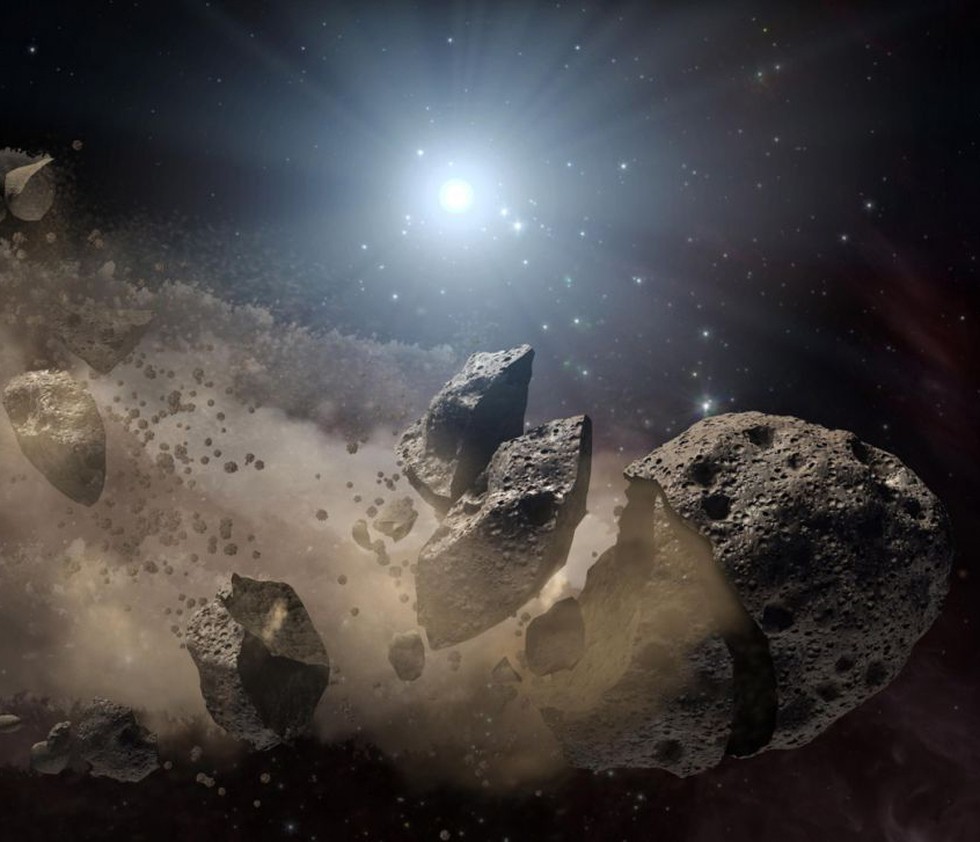About Asteroids:
- Asteroids, sometimes called minor planets, are the rocky remnants of material leftover from the formation of the solar system and its planets approximately 4.6 billion years ago.
- They orbit the Sun in highly flattened, or "elliptical" circles, often rotating erratically, tumbling and falling through space.
- The majority of asteroids originate from the main asteroid belt, a region between the orbits of Mars and Jupiter.
- Asteroids are found in other places, too. For example, some asteroids are found in the orbital path of planets.
- This means that the asteroid and the planet follow the same path around the sun.
- Earth and a few other planets have asteroids like this.
- Asteroids are also found in the Kuiper Belt, a region of icy bodies that orbit the sun beyond Neptune.
- Although asteroids orbit the Sun like planets, they are much smaller than planets.
- More than 150 asteroids are known to have a small companion moon (some have two moons).
- There are also binary (double) asteroids, in which two rocky bodies of roughly equal size orbit each other, as well as triple asteroid systems.
International Asteroid Discovery Project (IADP):
- It is a program affiliated with NASA’s International Astronomical Search Collaboration (IASC).
- It is a citizen science program which lets participants discover asteroids by using software and datasets.
- The citizen-scientists can make original astronomical discoveries and participate in hands-on astronomy.
- The participants are provided with datasets from IASC, which they have to download. Calibrating them on Astronomica Software, they then have to look for asteroids.
